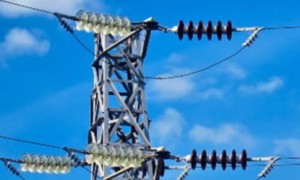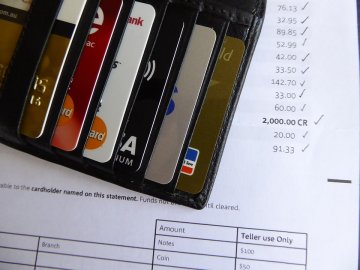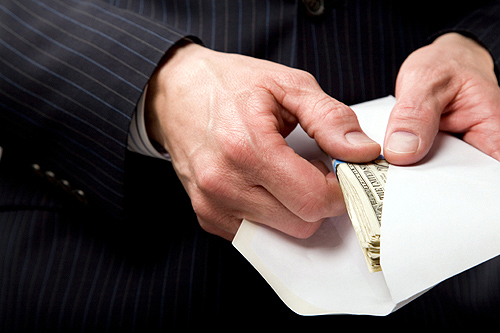How to Save Money on Electricity
 One of the most volatile home expenses for renters and homeowners alike is electricity. If your home is all-electric then you really feel the financial pressure when the weather outside is either very cold or very hot. Although homeowners may have more options available to them, we all have the ability to lower our electricity costs substantially. Let’s take a look at a few money-saving ideas.
One of the most volatile home expenses for renters and homeowners alike is electricity. If your home is all-electric then you really feel the financial pressure when the weather outside is either very cold or very hot. Although homeowners may have more options available to them, we all have the ability to lower our electricity costs substantially. Let’s take a look at a few money-saving ideas.
Change Your Light Bulbs The day of the incandescent light bulb is almost done. These bulbs are designed to last only a certain length of time before burning out. And then you have to replace them. But what is really bad about incandescent bulbs is that they are the least energy-efficient bulbs you can use, not to mention environmentally unfriendly.
The light bulb of the future is unquestionably the Light Emitting Diode (LED) style of bulb. You can see many examples of LED bulbs on this blog. Although LED bulbs cost about 2-4 times as much as incandescent bulbs the LED bulbs use 1/6 as much electricity and they last 3-5 times as long (up to ten years). You will recoup the cost of every LED bulb you buy within 6-12 months, depending on how much you use lighting in your home.
What is really great about LEDs is that they don’t radiate as much heat as incandescent bulbs, so your cooling costs for your home are reduced in the summer. Using less electricity through bulbs that last up to 10 years and which radiate less heat is a great way to knock a few dollars off your monthly electric bill. Learn more about the benefits of LED lighting versus incandescent lighting at the Benefits Of blog.
Change Your Air Conditioning Filter Heating and air repairmen make their living in part from replacing filters. They do that because homeowners don’t realize just how often these filters should be changed. Your air conditioning system may be working harder than it should because your filter is so dirty it is blocking air flow. When air becomes blocked by a filter the temperature modulating airflow performs less efficiently. That means your system works harder and longer, using more electricity.
Other ways people block air flow is by putting furniture on top of or in front of ventilation grills. Some people do this on purpose because they don’t like to look at vents, but you make it harder for the air to circulate properly in your home when you do that. Also, if you place furniture directly over or in front of a vent that constantly emits hot air (in the winter) you may damage your furniture, most of which is not made to withstand a constant flow of dry, hot air.
Simply moving some of your furniture, or replacing it with smaller pieces, may improve air flow in your home enough that your heating and cooling systems don’t need to run as much, therefore saving you money.
Insulate and Shade Your Windows You can insulate your windows by making sure the frames are well-caulked or sealed. Using double-paned windows is a great idea for homes in cold climates. Double-paned and triple-paned windows are much more expensive than regular windows but they help to keep your home temperature regulated, thus reducing demand for heating and air.
One way to insulate your windows is to place a cloth or cushion along the sill. Some people line their sills with plants, which if they can tolerate the cold will help insulate the room from drafts in the winter. You can also try a window insulation kit, which consists of a sheet of plastic stretched across a frame matching your window size.
Curtains and drapery also help insulate windows. In addition to creating privacy for your home window coverings, even sheer ones, can keep your house cool in the summer and warm in the winter.


